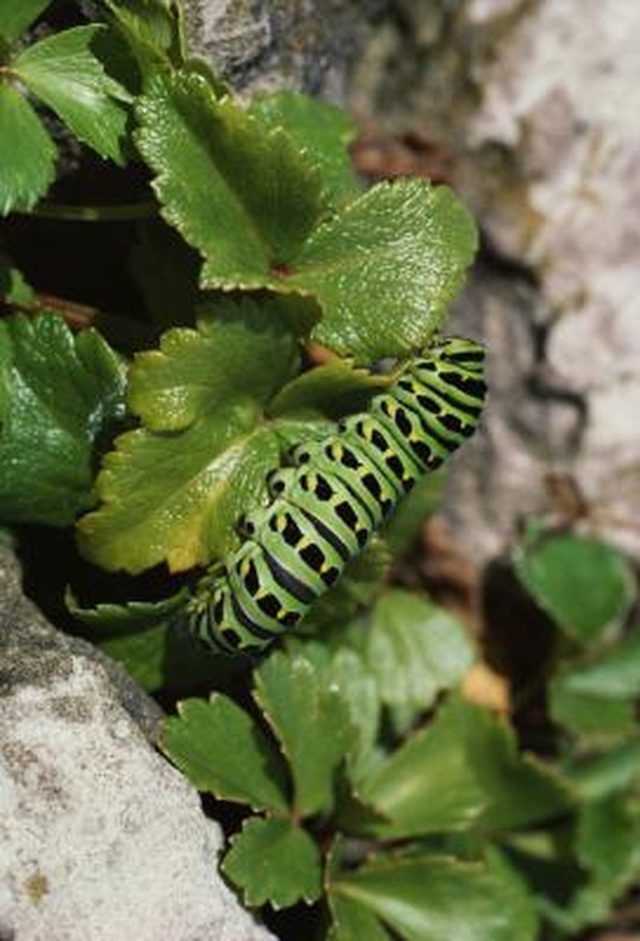Bulbs
Flower Basics
Flower Beds & Specialty Gardens
Flower Garden
Garden Furniture
Garden Gnomes
Garden Seeds
Garden Sheds
Garden Statues
Garden Tools & Supplies
Gardening Basics
Green & Organic
Groundcovers & Vines
Growing Annuals
Growing Basil
Growing Beans
Growing Berries
Growing Blueberries
Growing Cactus
Growing Corn
Growing Cotton
Growing Edibles
Growing Flowers
Growing Garlic
Growing Grapes
Growing Grass
Growing Herbs
Growing Jasmine
Growing Mint
Growing Mushrooms
Orchids
Growing Peanuts
Growing Perennials
Growing Plants
Growing Rosemary
Growing Roses
Growing Strawberries
Growing Sunflowers
Growing Thyme
Growing Tomatoes
Growing Tulips
Growing Vegetables
Herb Basics
Herb Garden
Indoor Growing
Landscaping Basics
Landscaping Patios
Landscaping Plants
Landscaping Shrubs
Landscaping Trees
Landscaping Walks & Pathways
Lawn Basics
Lawn Maintenance
Lawn Mowers
Lawn Ornaments
Lawn Planting
Lawn Tools
Outdoor Growing
Overall Landscape Planning
Pests, Weeds & Problems
Plant Basics
Rock Garden
Rose Garden
Shrubs
Soil
Specialty Gardens
Trees
Vegetable Garden
Yard Maintenance
Bad Garden Worms
Bad Garden Worms. Gardeners often find worms and worm-like insect larvae in their gardens or yards. Many insect larvae and caterpillars are mistaken for worms. These pests often damage garden plants and vegetable crops by feeding on the tender parts of the plants.

Gardeners often find worms and worm-like insect larvae in their gardens or yards. Many insect larvae and caterpillars are mistaken for worms. These pests often damage garden plants and vegetable crops by feeding on the tender parts of the plants.
Types
Cabbage loopers often feed on vegetable plants, such as kale, lettuce, tomatoes and turnips. Pale green in color, cabbage loopers also have light-green stripes down their backs. Another common garden pest is the cutworm, which cut plants off at their base. Cutworm larvae do the most damage to gardens and feed actively at night. Landscape plants may develop bagworm infestations. This pest spins silky bags, which hang from the host tree. Juniper, cedar and pine are favorites of bagworms.
Effects
Insect larvae cause a significant amount of damage to plants by chewing on leaves, stems and fruit. The effects of feeding larvae are evident during the growing season. Bagworms can strip landscape trees and plants within a short period. Bagworm eggs hatch during May and the larvae begin feeding on plants.
Control
Vegetable gardens benefit from certain insects, which are natural predators that control insect larvae by feeding on them. Avoid applying insecticides so natural predators are abundant. However, bagworm infestations often require insecticides to prevent serious damage. Apply insecticides in June, when larvae are small for best results.